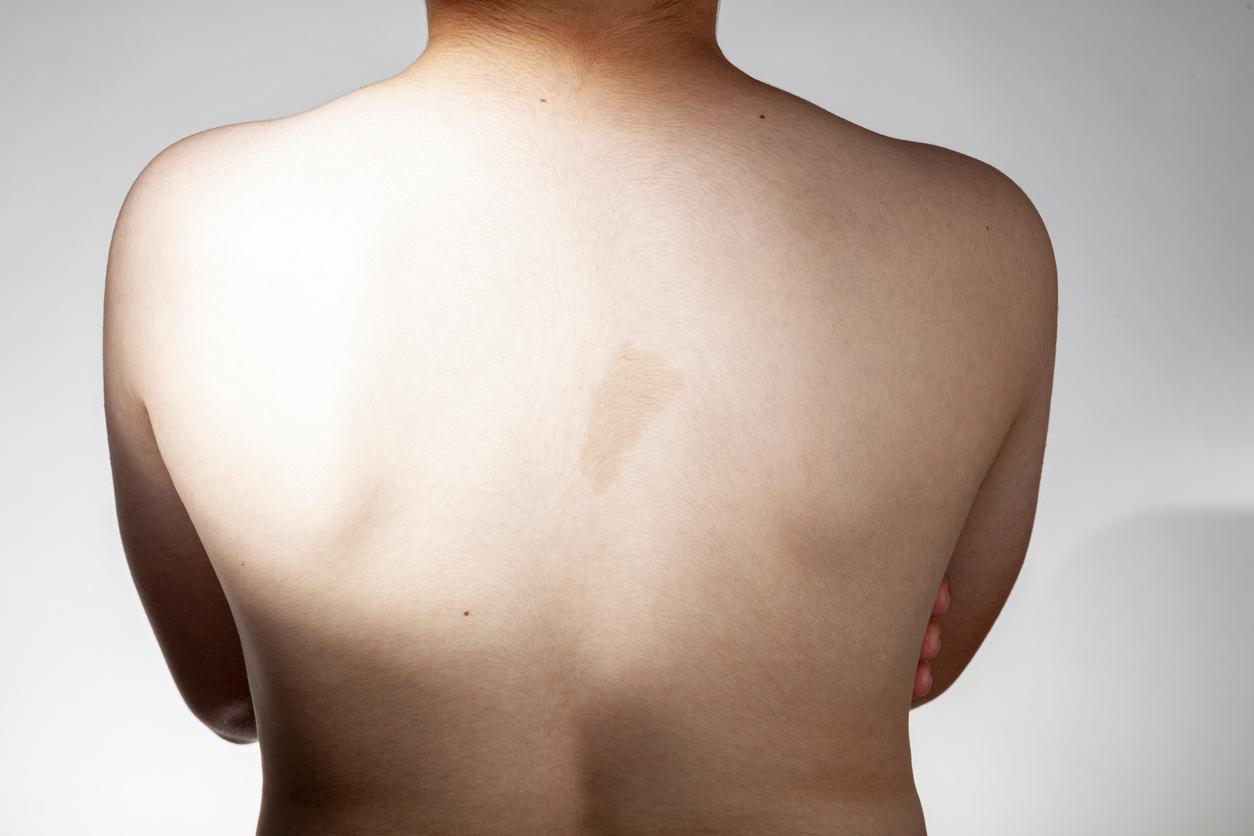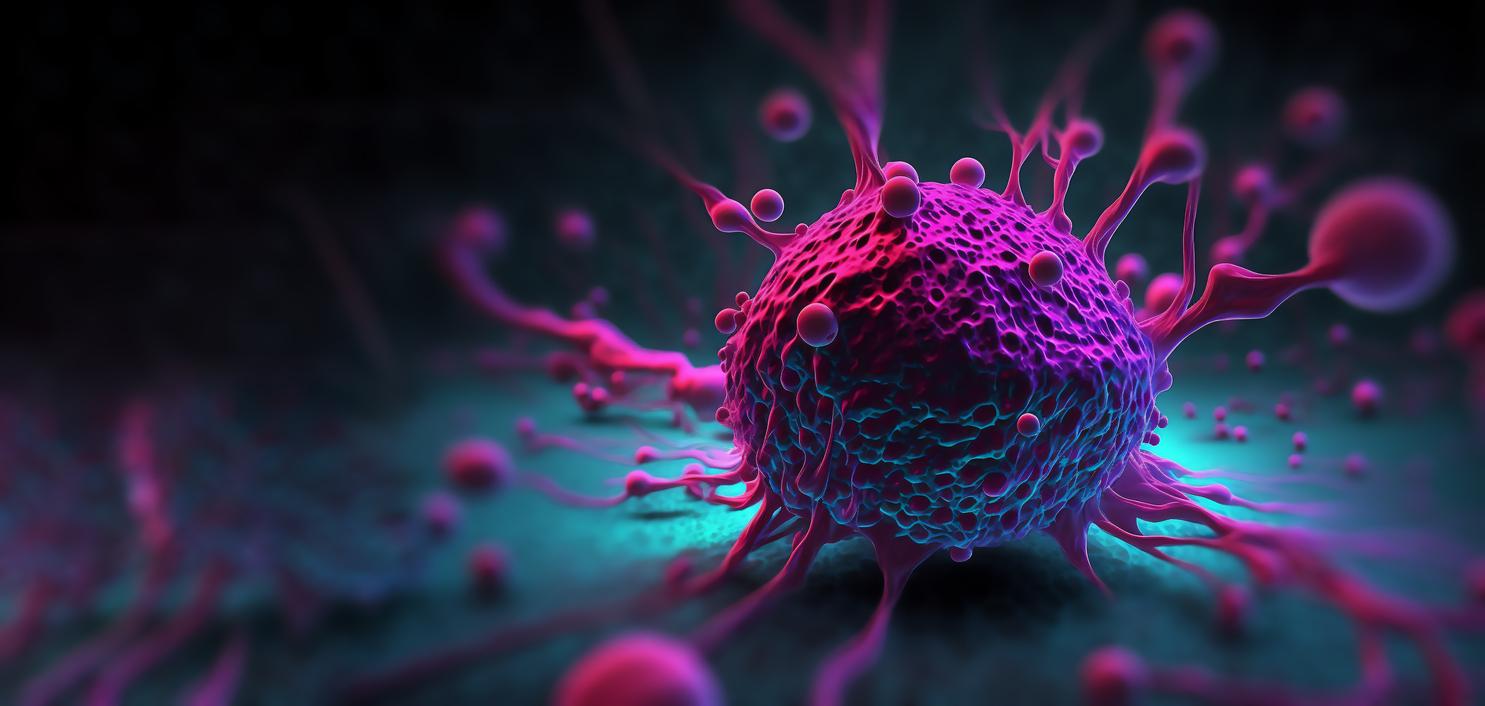This genetic disease affects 20,000 people in France and is manifested by skin lesions with the appearance of benign tumors, called neuro-fibromas.

- Neurofibromatosis is a rare genetic disease linked to the NF1 gene.
- It is manifested by various symptoms, in particular tumors in the skin.
- Scientific research is now studying the formation of these tumours.
The last day of February is World Rare Disease Day. It aims to raise awareness of these pathologies, which are often poorly understood. On this occasion, the French Society of Dermatology takes stock of a genetic disease that is more common than the others, neurofibromatosis.
Rare genetic disease: what is neurofibromatosis?
This pathology is linked to the NF1 gene located on chromosome 17.”The NF1 gene encodes a protein called neurofibrominindicates the Montreal University Hospital Center. (…) The function of neurofibromin is not completely understood. It allows the activation of cellular signals that control cell proliferation and prevent the formation of tumors.”
There are two forms of neurofibromatosis: type 1 and type 2. The first is manifested mainly by cutaneous signals, and the second includes different kinds of tumors of the central nervous system. “Neurofibromatosis 1 is the most common rare genetic diseaseexplains Professor Pierre Wolkenstein, Head of the Dermatology Department and Coordinator of the Reference Center for Neurofibromatosis at the CHU Henri Mondor in Créteil. It affects around 20,000 patients in France.
Among the main symptoms, there is the presence of several spots of “coffee with milk” color on the body. Without danger, they can be aesthetically disturbing. “They tend to increase in number and size during adolescence, specify the CHU Sainte-Justine of the University of Montreal. In adulthood, however, the spots are often less apparent and blend in with the pigmentation of the skin.” The disease is also characterized by the presence of neurofibromas, which can be cutaneous, subcutaneous or plexiform. These are benign tumors affecting the sheath of the nerves at the level of the skin. When they are plexiform, they can become malignant. Professor Pierre Wolkenstein also cites glioma of the optical pathways, scoliosis or even learning difficulties, as potential consequences of the disease. “The visibility of this disease is a source of major suffering for patients to establish emotional relationships, to build self-esteem but also later for professional life, observes this specialist. Patients suffering from severe form are affected in their appearance.
Neurofibromatosis: how is the treatment evolving?
Today, people with neurofibromatosis are treated with surgery. “The destruction of the tumors is carried out by laser vaporization, which makes it possible to destroy in one session, ten neurofibromas under local anesthesia and up to a hundred neurofibromas under general anesthesia.adds Professor Wolkenstein.
According to this specialist, the current challenge is to understand how tumors develop with new imaging techniques to help detect micro-neurofibromas. “There are many therapeutic trials underwayhe points out. A new drug, selumetinib, which belongs to the class of MEK inhibitors, can reduce the volume of plexiform tumors in patients with neurofibromatosis type 1.” It is now authorized in the case of inoperable plexiform neurofibromas in children.

















